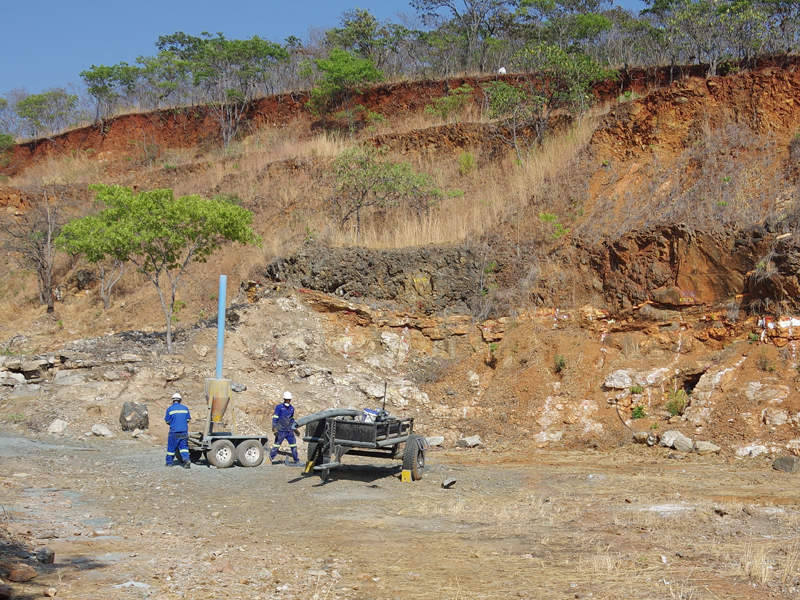Between colonial intervention and a weak regulatory framework, mining in Zimbabwe has struggled to live up to its potential. With the government cracking down on undeveloped licenses, and aiming to force companies to “use it or lose it”, we consider the history of mining in Zimbabwe, and who the winners and losers of the new policy could be.
Top ten biggest lithium mines
Arcadia Lithium Project is located near Harare in Zimbabwe. Image courtesy of Prospect Resources.
Mining could prove to be big business in Zimbabwe, with mineral exports responsible for 60% of the country’s export earnings as of October 2018, and the mining sector contributing around 16% of national GDP. The government has also outlined ambitious plans to quadruple the sector’s total value to $12bn by 2023 as it looks to take advantage of abundant natural resources such as the country’s Great Dyke, the second-largest platinum deposit in the world with around 2.8 billion tonnes of ore belonging to the platinum group metals.
However, this potential has been hamstrung by an inefficient sector, which has failed to meet its 2019 gold production target of 40 tons, and reached a value estimated to be around just $3bn. A key contributing factor is the country’s lax licensing laws, which permit foreign companies to own 100% of a mine licence for any commodity, save platinum and diamonds, in perpetuity. This has led to several firms holding cheaply-acquired licences for years, with no pressure to develop them into producing mines, cutting into Zimbabwe’s potential production and depriving smaller and local companies from the opportunity to develop projects.
In November, mining minister Winston Chitando announced that the government will force companies to develop these assets as part of a ‘use it or lose it’ policy, its latest attempt to remove inefficiencies from and stimulate growth in the mining sector. The policy builds on similar initiatives deployed in the gold mining sector, and is a combination of pro-Zimbabwean policies implemented in the years following independence, and pro-business policies that have underpinned the country’s economy for a century. The question remains, however, who stands to gain the most from this hybrid legal apparatus?






